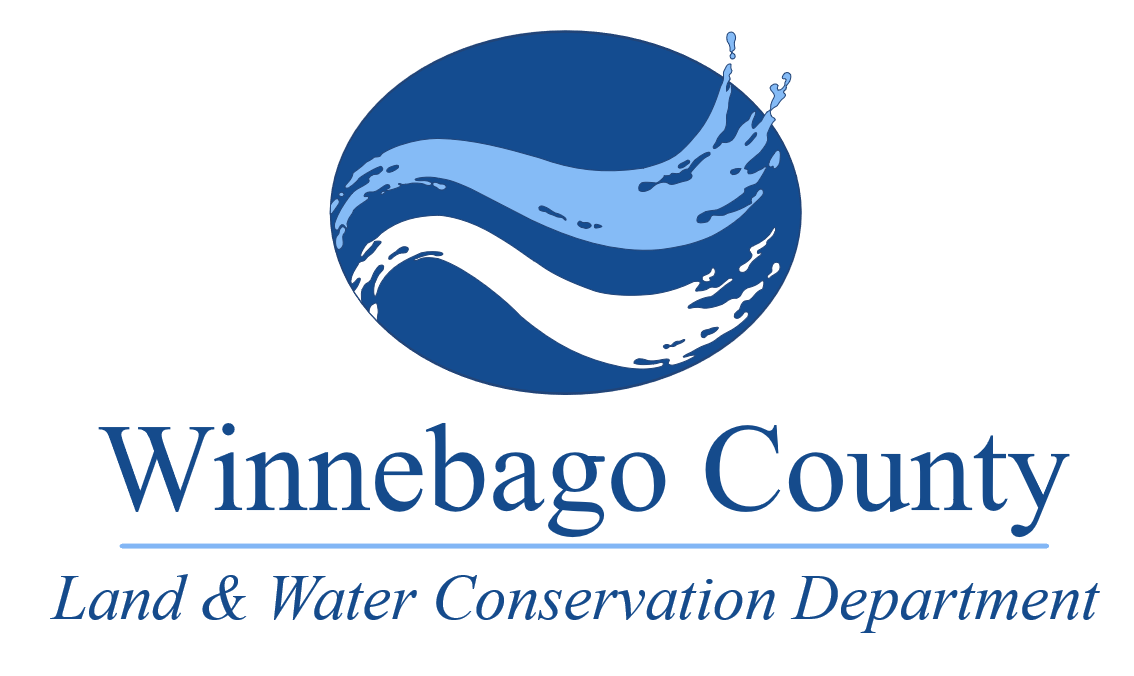The Winnebago County Land and Water Conservation Department (LWCD) is dedicated to providing a full range of professional services in the planning, design, and implementation of programs and projects that PROTECT, RESTORE and SUSTAIN the natural resources of Winnebago County.

|
Technical and financial services are provided in a number of ways:
- Land management planning and project design for individual landowners. This includes lands that are being cropped, tree planting, upland wildlife habitat development, wetland restorations, etc.
- Design, cost-estimating, layout and construction supervision of "best management practices" built for land and water resource improvements.
- Administer a county funded Water Quality Improvement Program. This program provides funds to private landowners for various projects that improve water quality.
- Secure and manage state and federal grants for County Land and Water Resource Management initiatives.
- Secure and make available equipment, tools, and supplies that assist landowners in meeting their objectives in installing best management practices including planting protective vegetation on critical sites, tree planting, wildlife habitat development, etc.
FEATURED PROGRAMS & SERVICES: | ||
|---|---|---|
 TREE PLANTING EQUIPMENT & SUPPLIESTree Planters, Tree planting spades, generic gel (root dip), fertilizer tablets, tree shelter tubes and more are available for rent or purchase. 4/9/2024 |  2023 ANNUAL REPORTCheck out our annual report for our 2023 accomplishments and to learn more about the conservation practices we utilize to protect, restore, and sustain the natural resources of Winnebago County. 4/5/2024 |  LIVESTOCK WASTE MANAGEMENT PERMITSAre you constructing a livestock facility or a livestock waste transfer/storage facility? Don't forget to get your permit! 4/4/2024 |
